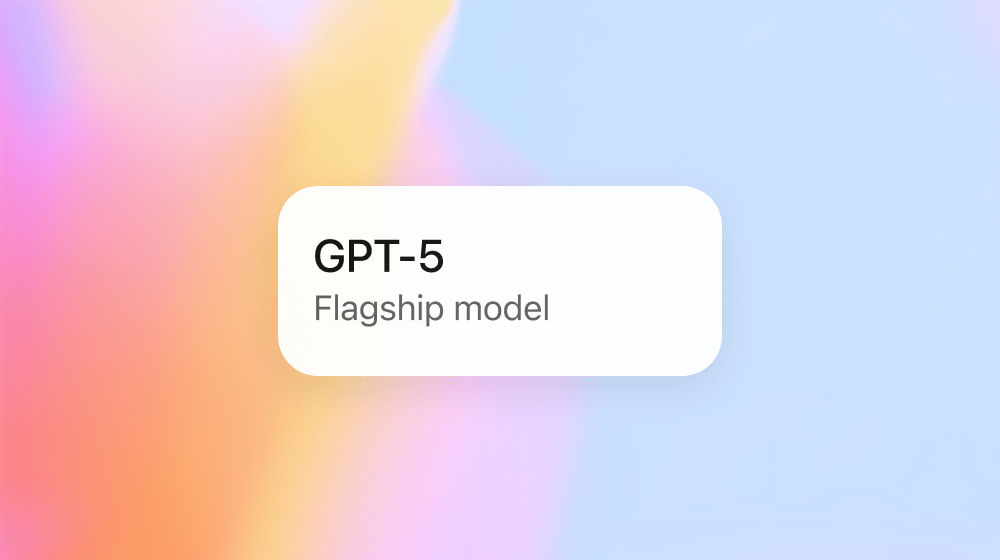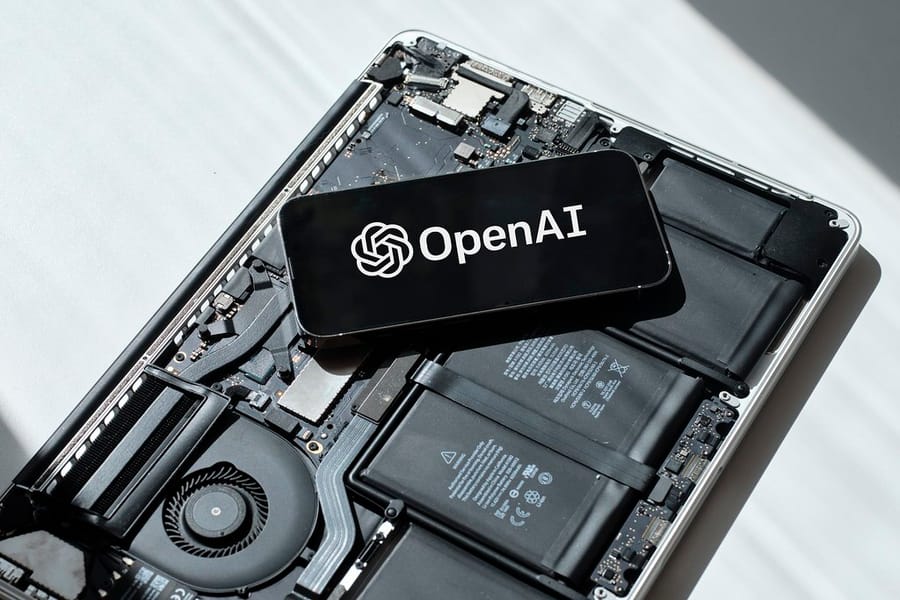The new GPT-5 model debuted on August 7, 2025, after more than two years of development, unifying the reasoning abilities of OpenAI's o-series models with fast response times. The company's CEO, Sam Altman, described GPT-5 as a significant step toward artificial general intelligence, likening the model's use to talking to a PhD-level expert. It serves as the default engine for the ChatGPT platform, which has 700 million weekly active users. The company's annualised revenue has reached $12 billion in the first seven months of 2025, representing a 100% increase from the previous $6 billion.
GPT-5 outperforms competitors on key performance indicators, including models from Anthropic, Google DeepMind, and xAI. On the SWE-bench Verified test measuring real-world coding tasks from GitHub, GPT-5 scored 74.9% on its first attempt, edging out Anthropic's Claude Opus 4.1 model (74.5%) and Google DeepMind's Gemini 2.5 Pro (59.6%). On the GPQA Diamond scientific test, GPT-5 pro scored 89.4%, surpassing Claude Opus 4.1 (80.9%) and Grok 4 Heavy (88.9%). Particularly notable is the improvement in health-related responses, demonstrating just a 1.6% hallucination rate on the HealthBench Hard Hallucinations test, compared to 12.9% for the previous GPT-4o and 15.8% for o3.
OpenAI is making the GPT-5 model available across all user tiers with varying usage limits. Free users receive limited access to GPT-5 and GPT-5-mini, while $20 monthly Plus subscribers enjoy significantly higher usage caps. The $200 monthly Pro subscribers get unlimited access to GPT-5, as well as GPT-5 Pro with extended reasoning capabilities. For developers, GPT-5 API is available in three sizes: gpt-5, gpt-5-mini, and gpt-5-nano.
Sources:
1.
openai.com
2.

3.

4.











